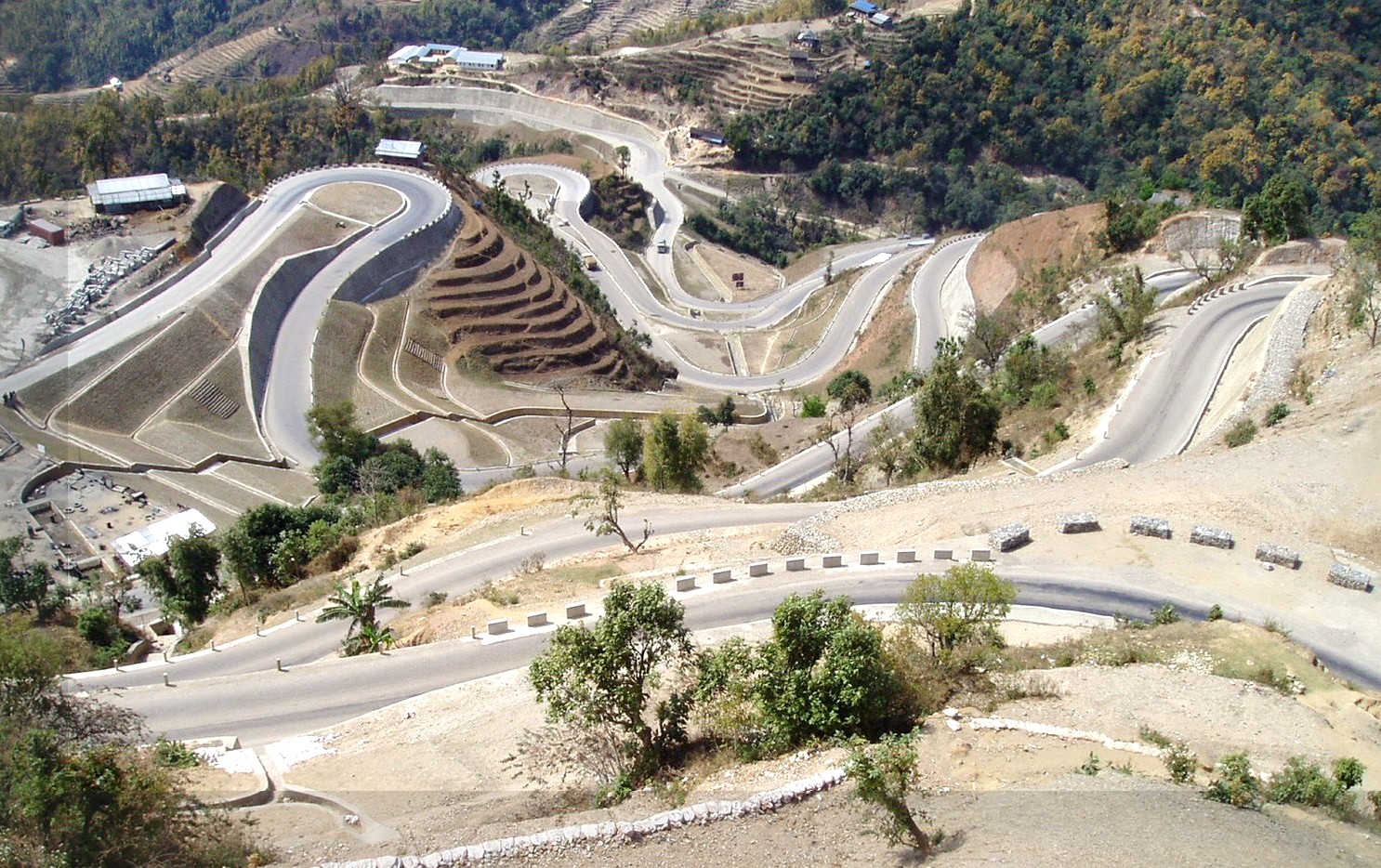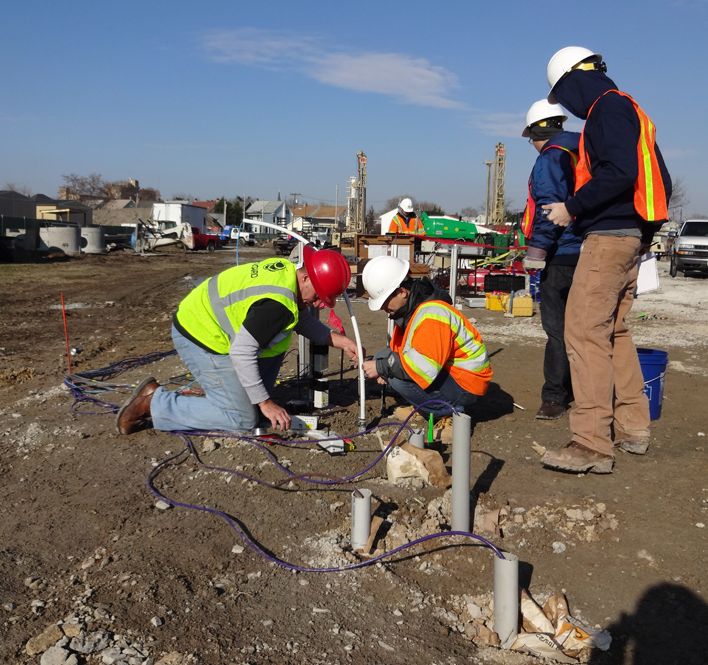How Consulting Engineers Enhance Geotechnical Design Projects: Insights Into Their Know-how, Methods, and Collaborative Approaches
Consulting engineers are critical in improving geotechnical design projects, applying their specialized expertise to browse the complexities of subsurface conditions. Their joint approaches foster communication among varied task stakeholders, ultimately shaping the job's trajectory.
Function of Consulting Engineers
The expertise of speaking with engineers in geotechnical design is basic to the effective execution of construction jobs. These experts play a crucial duty in assessing dirt and rock homes, which are important variables affecting style and building and construction choices. By performing thorough site investigations, speaking with engineers collect vital data that notifies the design process, guaranteeing projects are improved stable and suitable ground.
Consulting designers additionally give very useful understandings right into danger administration (geotechnical geologist). They identify potential geotechnical hazards, such as landslides, dirt liquefaction, and negotiation problems, allowing stakeholders to implement effective reduction methods. Their know-how aids in optimizing foundation layouts, which can cause considerable cost financial savings and improved safety
Furthermore, getting in touch with designers serve as a vital web link between project proprietors, designers, and contractors. Their capacity to equate complex geotechnical information into workable suggestions fosters cooperation and helps with informed decision-making throughout the project lifecycle. This multidisciplinary approach not just enhances task efficiency yet likewise ensures conformity with regulatory criteria and best techniques.
Key Techniques in Geotechnical Engineering

One key methodology is site investigation, which involves conducting field examinations and lab evaluations to collect information on subsurface problems. Strategies such as Standard Infiltration Screening (SPT) and Cone Infiltration Screening (CPT) are extensively used to evaluate soil stratigraphy and strength. Additionally, geophysical methods, including seismic and electrical resistivity surveys, provide non-invasive means to evaluate subsurface qualities.
One more vital method is numerical modeling, which allows engineers to mimic various scenarios and forecast just how soil-structure communications will act under various loading problems. Finite Aspect Analysis (FEA) is an usual strategy used in this context.
Additionally, the style of foundations, retaining frameworks, and earthworks counts greatly on these approaches - geotechnical geologist. By integrating advanced analytical devices with area data, seeking advice from designers can establish tailored solutions that address specific project obstacles, inevitably adding to the stability and safety of building jobs
Significance of Soil Analysis
Dirt evaluation acts as a foundational component in geotechnical design, supplying vital insights right into the physical and chemical residential or commercial my link properties of dirt needed for reliable building and construction preparation. Recognizing dirt attributes is important for identifying its load-bearing capability, drain behavior, and possibility for negotiation or instability. Thorough soil examinations, including sampling and lab screening, help recognize parameters such as dirt kind, moisture web content, density, and shear stamina.
These analyses educate the selection of proper construction methods and materials, ultimately influencing job safety and security and longevity. Cohesive soils may require different foundation styles compared to granular soils, requiring tailored engineering options. Dirt evaluation help in determining pollutants that might position risks to human health or the environment, permitting for the growth of reduction methods.
Integrating soil analysis into the beginning of job advancement helps to reduce unforeseen challenges, ensuring that engineers can anticipate and resolve possible problems before they escalate. By establishing a comprehensive understanding of the website problems, seeking advice from engineers can optimize layout effectiveness and decrease prices, consequently improving the overall success of geotechnical design projects.
Joint Techniques in Projects
Effective geotechnical jobs typically rest on joint methods that bring with each other diverse know-how from various techniques. Efficient cooperation amongst consulting designers, geologists, ecological scientists, and building professionals is vital for dealing with intricate challenges and enhancing project results. By leveraging article the one-of-a-kind skills and expertise of each team member, tasks can benefit from an alternative understanding of the website conditions, regulative demands, and engineering constraints.
Routine interaction and interdisciplinary conferences assist in the sharing of understandings and cultivate a culture of teamwork. These joint initiatives allow the identification of potential threats early in the job lifecycle, enabling prompt reduction techniques. Furthermore, incorporating responses from stakeholders, consisting of local neighborhoods and regulatory firms, makes sure that all point of her explanation views are considered, boosting project approval and compliance.
Furthermore, the integration of sophisticated technologies, such as Geographic Info Equipment (GIS) and Building Details Modeling (BIM), further improves cooperation. These tools permit for the real-time sharing of data and visualization of geotechnical problems, advertising notified decision-making. Inevitably, a collaborative technique not only improves task execution however additionally lays the foundation for ingenious remedies to complex geotechnical engineering difficulties.
Influence on Project Results

Consulting designers utilize advanced techniques such as danger assessment and anticipating modeling, which improve the precision of job projections. Their capability to incorporate ingenious technologies, like geotechnical instrumentation and information analytics, even more improves the design and building and construction processes. Consequently, projects experience boosted efficiency, lowered costs, and decreased delays.
Additionally, fostering efficient interaction and partnership amongst team members boosts problem-solving abilities. When obstacles occur, an unified front permits swift identification of remedies, avoiding prospective troubles. Ultimately, the collective initiatives of consulting engineers add to greater top quality outcomes, guaranteeing that projects meet both regulative criteria and customer assumptions.
Verdict

Comments on “Civil Geotechnical Engineering Services for Commercial and Residential Projects”